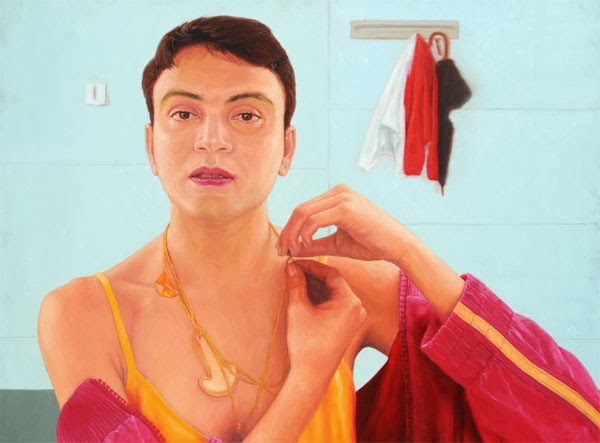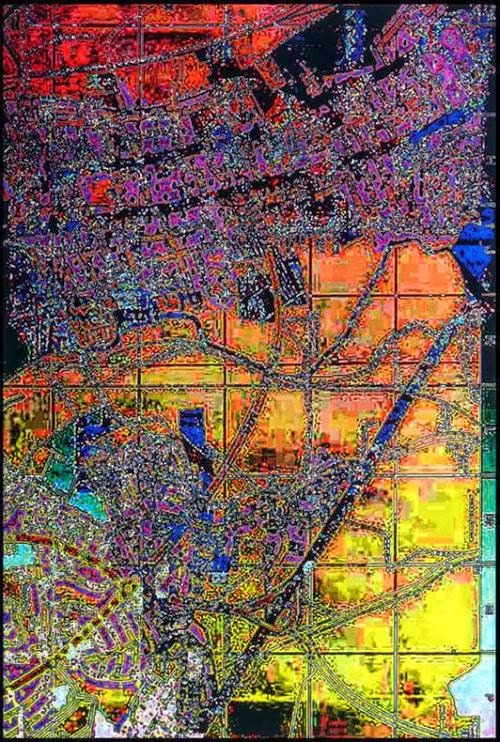Artville Contemporary Artist Of The Day
Somu Desai
Untitled
Oil & Acrylic On Canvas
72"x60"
2011
Somu Desai graduated in fine art from College of Art at Amalsad. Working from Mumbai for a decade first as a fashion designer, muralist and an architectural assistant he did several commissioned public sculptures. The experimentation in different media helped refine his skills before he returned to his native land and set up his own studio at Valsad and continued working on projects in various parts of the State. Along with a group of artists he worked on a huge mural converting a factory in Baroda into his canvas and titled it Vibrant Gujarat. His other projects include Still in Baroda and Thrill in Baroda, attempts to define the city as an abode for artists and as a cultural hub. His compositions are large and involve different stages of masking and revealing giving an extra depth and dimension to the work. Involving different groups of people from within the surrounding area as well as young artists, his art focuses on people at work, carrier wagons, children and others. Portrayal of vehicles in myriad ways such as an overloaded lorry or airplanes as flying machines the artist works in different media including digital work and video art.
courtesy: art positive





























